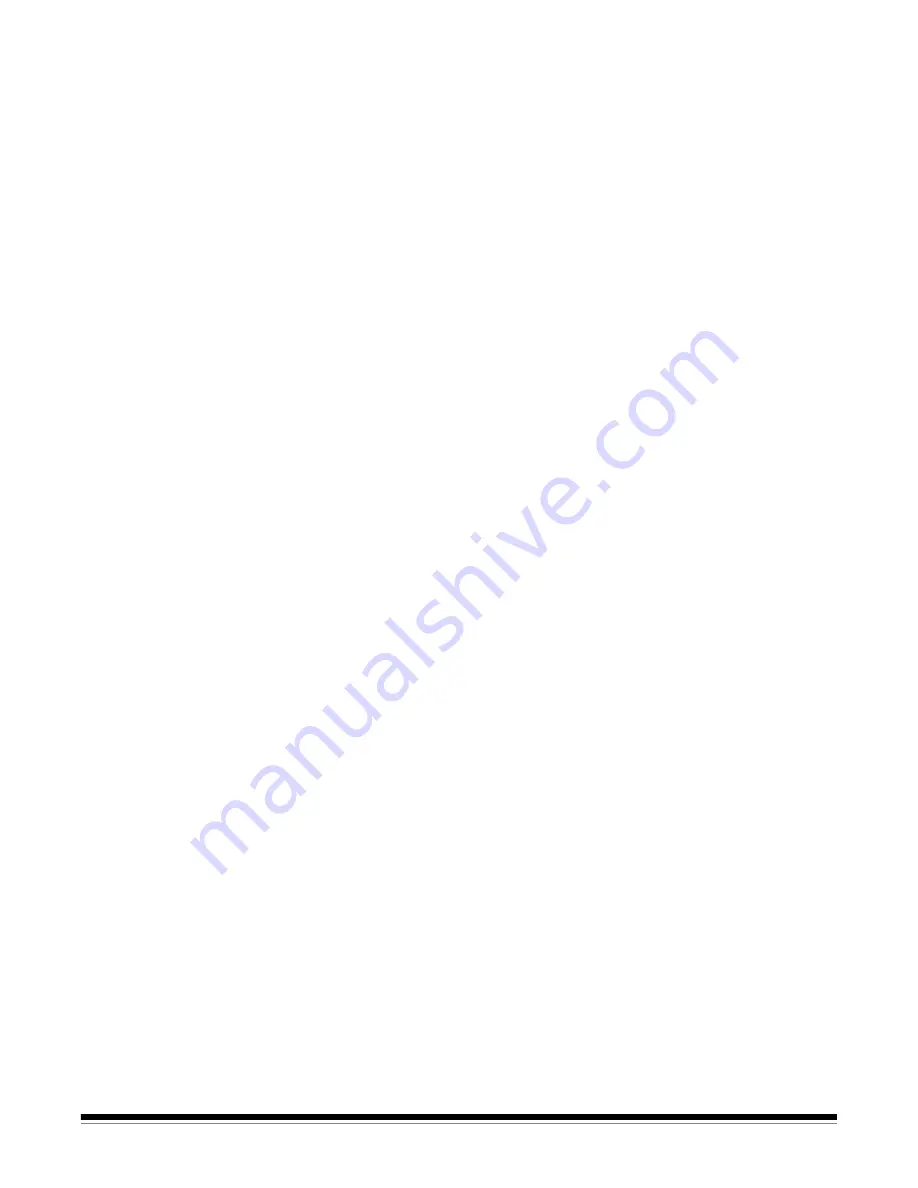
18
A-61550 May 2007
Start and stop
scanning
Before you start scanning, make sure the scanner is on and ready for
operation, which is indicated by the green indicator light being on and
constant.
Scanning is controlled by application software designed to capture
images. To start and stop scanning, refer to the documentation
provided with your application software.
Document
preparation
• A batch of documents to be fed into the scanner must be arranged so
the leading edges of all documents are aligned and centered in the
input tray; this allows the feeder to introduce documents into the
scanner one at a time.
• Remove all staples and paper clips before scanning. Staples and
paper clips on documents may damage the scanner and documents.
• Documents should be in good condition.
• Torn, damaged or crushed pages can be transported successfully
through the scanner. However, no scanner can transport every
possible type of damaged paper. If in doubt about whether a specific
damaged document can be transported through the scanner, place
the document in a clear protective sleeve. Sleeves should be
manually fed, one at a time, folded edge first, while lifting the gap
release lever.
NOTE: You also can use the optional
Kodak
i1400 Series A3 Flatbed
to scan.
• When scanning documents in a clear protective sleeve, the input tray
guides must be adjusted to accommodate the width of the sleeve.
Paper Types:
Bond, Laser, Inkjet, Offset
NOTE: Chemically coated papers may cause more rapid wear/swelling
of the rollers.
Paper inks:
All inks on the paper must be dry before scanning is
started. This includes: Standard offset printing, Inkjet printer, Thermal
transfer, Handwriting inks.
Correction Fluids
: Liquid Paper®, Tipp-Ex®, Wite-out®, and other
similar correction fluids must be dry before scanning is started.
Paper Weights:
7.3 to 200 g/m
2
kg (9 to 110 lbs.)
Maximum Document Size:
30.5 x 86 cm (12 x 34 in.)
Minimum Document Size:
8.9 x 5 cm (3.5 x 2.5 in.)
















































